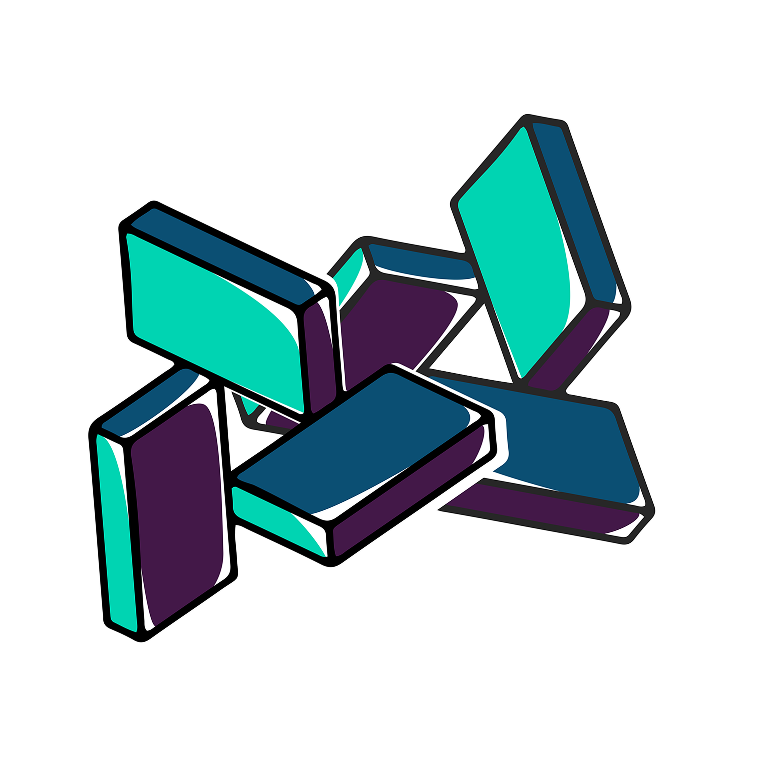Our Journey
While Dr. Katherine Gardhouse (Founder & Clinic Director) originally primarily trained in Dialectical Behaviour Therapy (DBT) and Dr. Tara Gralnick (Clinic Co-Founder) in Cognitive Behavioural Therapy (CBT), both independently reached a turning point in their clinical work: despite their clients’ progress in managing symptoms, something deeper was still unresolved.
Over time, they each discovered Emotion-Focused Therapy (EFT)—and with it, the kind of transformation they had been seeking all along. EFT didn’t just help clients cope; it helped them heal. It allowed for shifts in the deeply rooted emotional patterns—often shaped by past experiences—that fuel pain in the present. With EFT, clients no longer had to rely endlessly on symptom-management strategies. Instead, they experienced real emotional change.
Katherine and Tara each pursued intensive, years-long training in EFT with the early pioneers of the approach. Today, they’ve come together to bring this work to life through eFIT—offering a therapy program grounded in depth, clarity, and sustainable emotional transformation.
How Does EFT Work?: Understanding that not all Emotions are Created Equal
At the heart of Emotion-Focused Therapy is the understanding that not all emotions serve us in the same way.
Some emotions—like anger, anxiety, or even numbness—may be secondary emotions. These are often protective responses that arise on top of more vulnerable feelings underneath. For instance, if your partner ignores a comment you’ve made, you might feel irritated. But underneath that irritation, you might discover a deeper feeling—perhaps shame (a sense of not being good enough) or loneliness (a feeling of being unseen or unimportant). Those deeper layers are what EFT calls primary emotions.
Primary emotions often stem from past experiences, even if they’re triggered in the present. If you’ve carried a long-standing feeling of shame because of subtle or overt messages from a parent growing up, then a simple moment of disconnection in the present can feel intensely painful—like an echo of that original wound. In those moments, secondary emotions (like anger) often rise up to protect us from the unbearable core feeling underneath.
Most therapies focus on managing the secondary emotion (e.g., “take a pause before reacting”), but EFT goes deeper. Rather than suppressing or bypassing emotion, EFT helps you feel through and transform the core experience beneath it. When that deeper emotion shifts—such as when shame gives way to healthy self-compassion or anger in response to mistreatment—secondary emotions begin to dissolve naturally.
EFT also honors and works with adaptive (healthy) emotions—like grief when a loved one dies, or anger in response to injustice. These emotions make sense and need to be felt. However, when multiple adaptive emotions come up at once, they can feel overwhelming. In EFT, we make space to untangle and amplify each one so that they can be processed fully—bringing relief, clarity, and emotional balance.

Our Group Therapy Program
We’re deeply committed to making Emotion-Focused Therapy more accessible—for both individuals seeking care and therapists delivering it. While we initially began offering EFT in groups for practical reasons, what we witnessed surprised us: clients in group therapy often experienced faster and deeper emotional shifts than we had seen in individual work.
We’re still researching why this happens—but it may be the combination of shared insight, emotional resonance, group support, and the collaborative presence of two psychologists facilitating each session.
Our group therapy program unfolds in two core phases, typically over 6–12 months. The pace is individualized—people graduate when they’re ready. It’s not easy work. In fact, it may be the most profound inner work you’ve ever done. But we believe it’s worth it.
Phase 1: Innermap Group
This foundational group is designed to build deep self-understanding. Each week, we explore a real-life situation that brought up distress and unpack it together. We work to clarify what emotions were activated—whether secondary, primary, or adaptive—and begin identifying the patterns that show up again and again.
Most of us have a few core painful emotions that echo throughout our lives—like a thread that runs through different situations. In this group, we help you trace that thread with clarity and compassion. You begin to see why you feel what you feel, and where it came from. This clarity alone often brings relief—and it gives us, as therapists, a detailed roadmap for the transformation work ahead.
Phase 2: Trauma and Emotional Processing Group
With a deep understanding of your emotional map now in place, this next group is where the real transformation happens. We focus on shifting the core emotional experiences—the ones that have been driving distress from underneath the surface.
Think of your emotional experience like a Jenga tower. At the top are the secondary emotions and coping strategies. But the pieces holding it all together—the pillar blocks—are those deeper, primary emotions. In this group, we carefully and skillfully help you move those core blocks so that the whole tower of distress begins to collapse.
But how do we actually shift emotions that are so deeply ingrained—like shame, powerlessness, or a sense of not belonging?
This is where EFT shines. EFT is based on the idea that emotion transforms emotion—specifically, that some emotional states are incompatible with others. For example, you can’t fully feel deep shame and healthy anger at the same time. If shame comes from the belief that something was wrong with you as a child, then truly feeling sadness or anger on behalf of that child—recognizing what they endured and honoring their pain—can transform that shame.
We don’t force these shifts (that’s something we feel is often missing in other approaches). Instead, we work with you—gently and collaboratively—to access the adaptive emotions you may have lost touch with. And when those adaptive emotions come forward, something remarkable happens: the emotional burden you’ve carried often begins to lift.
